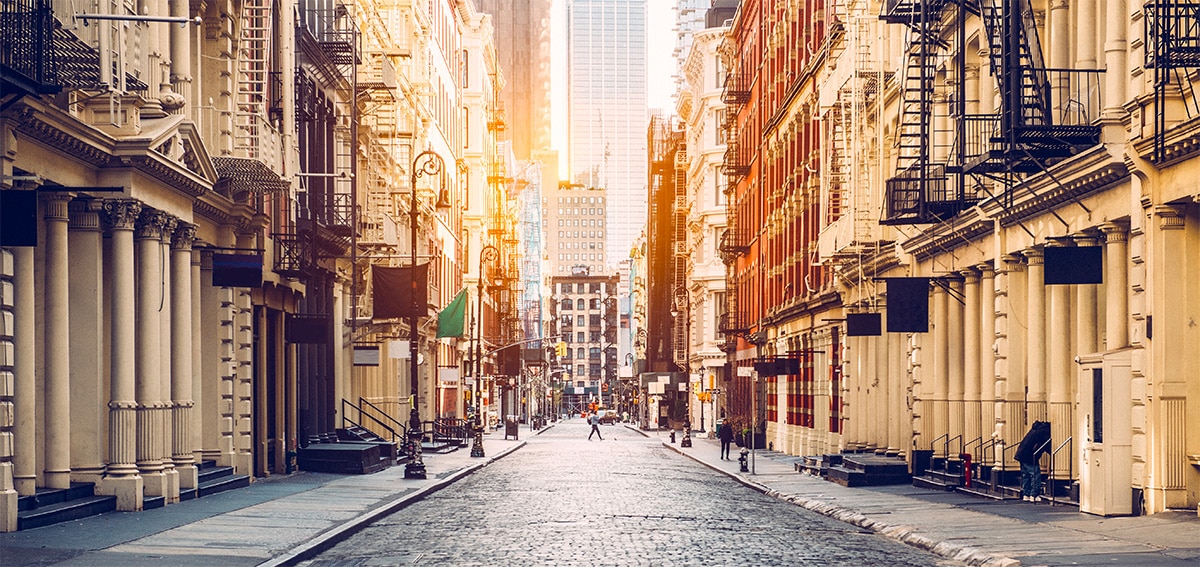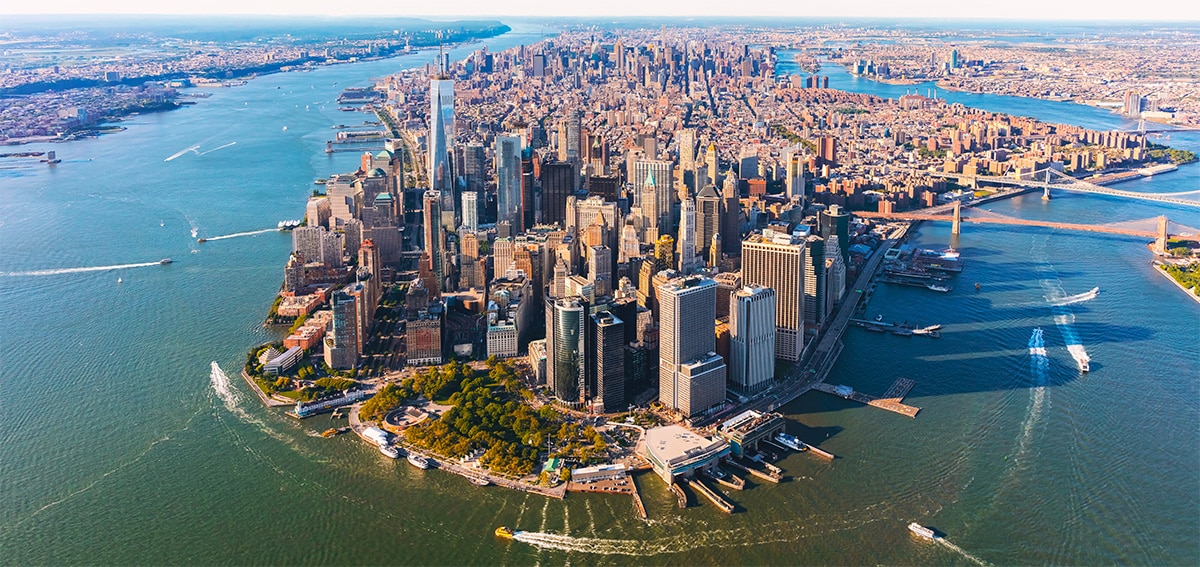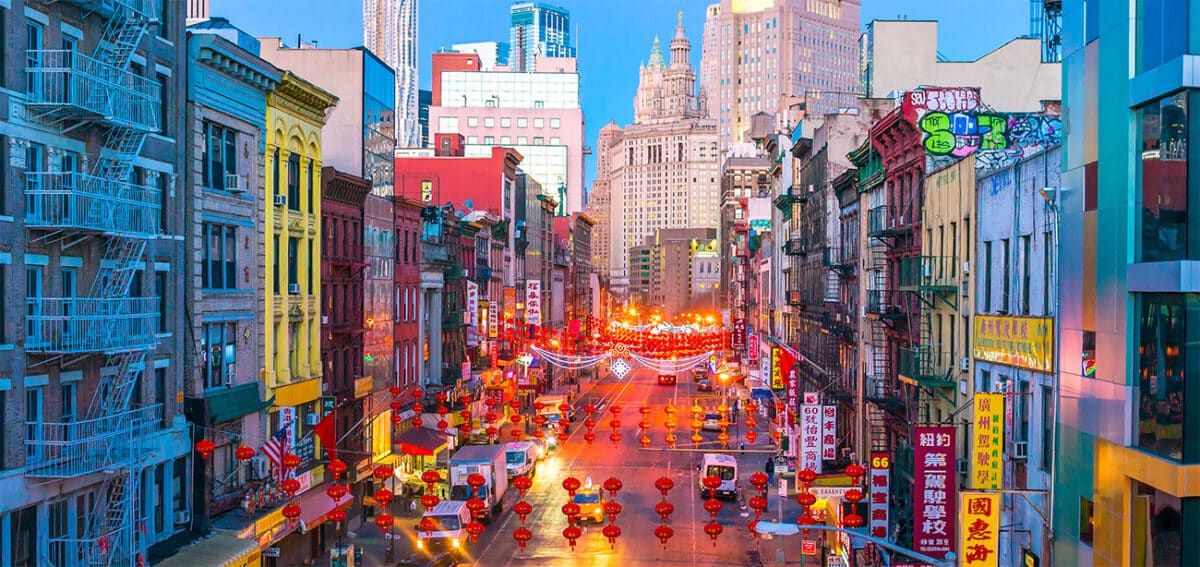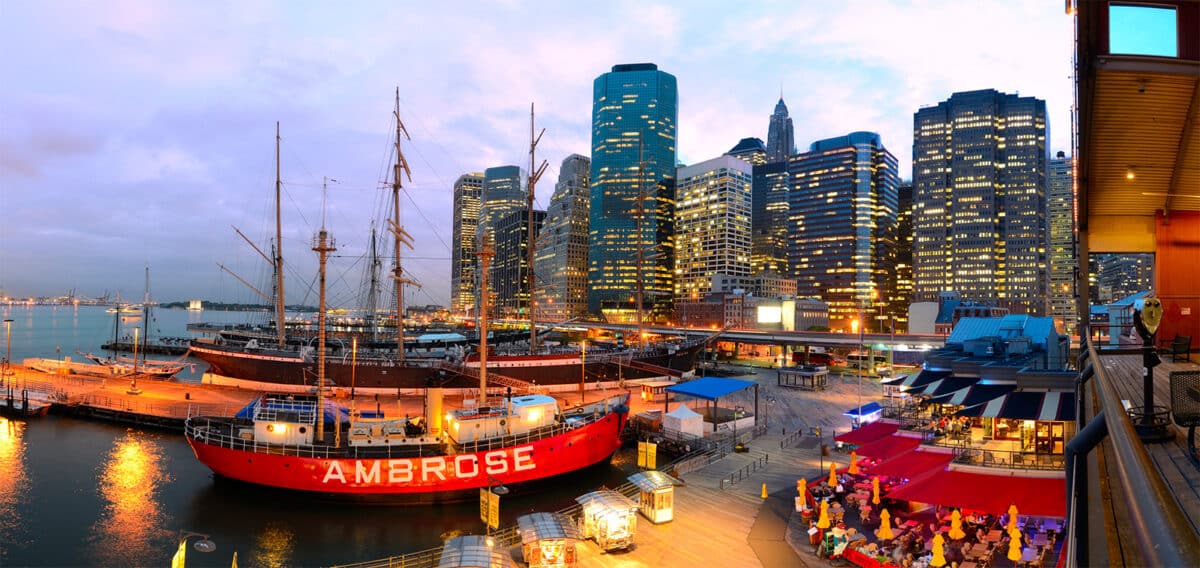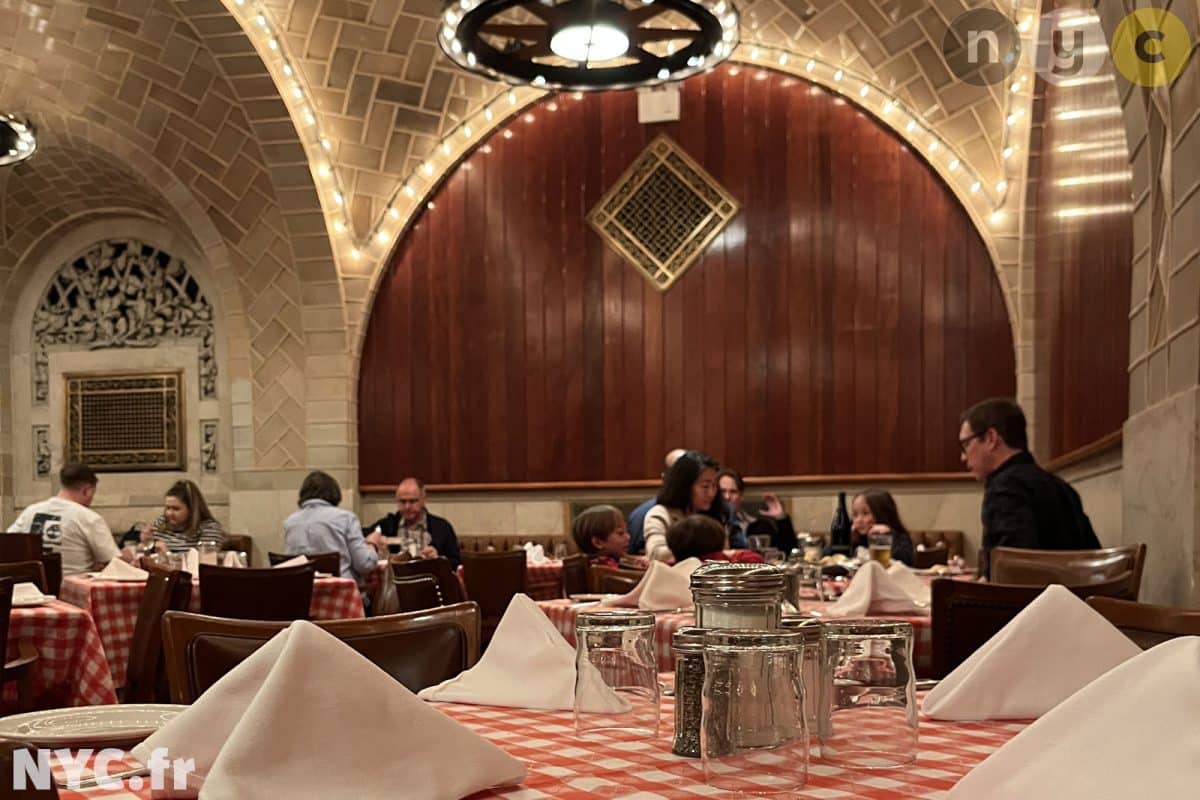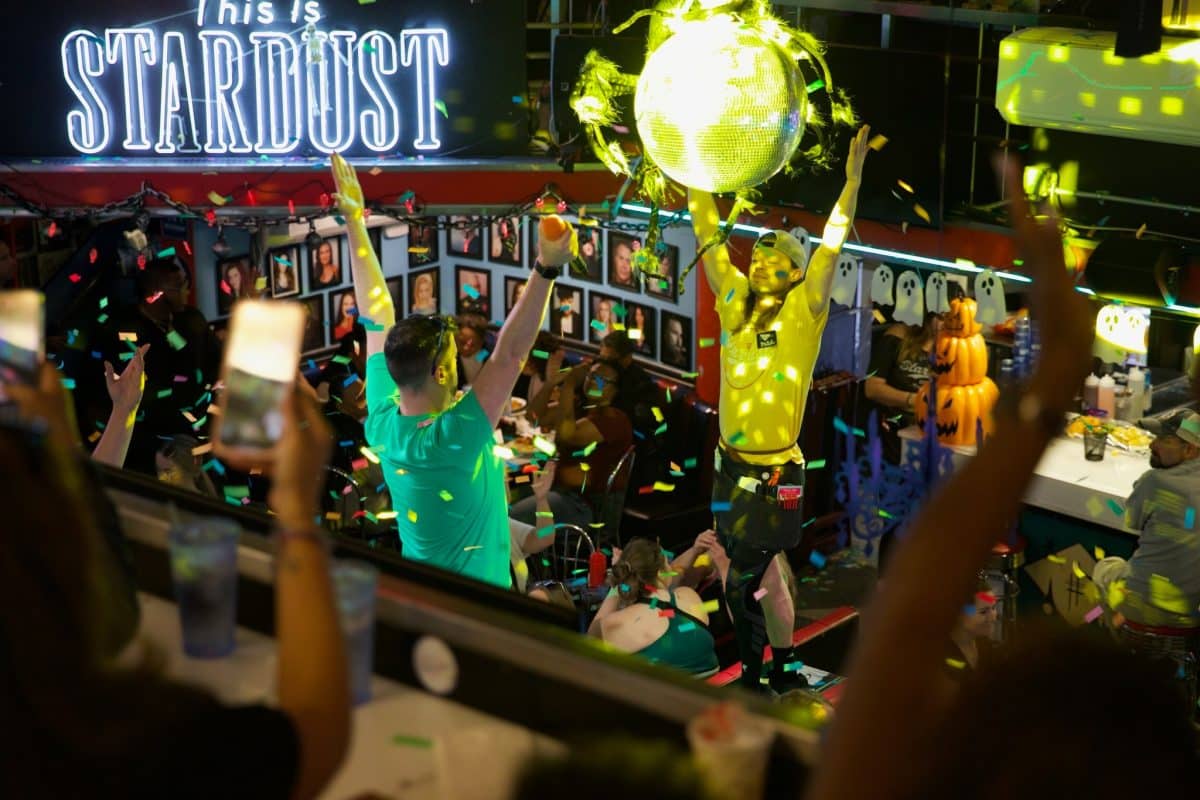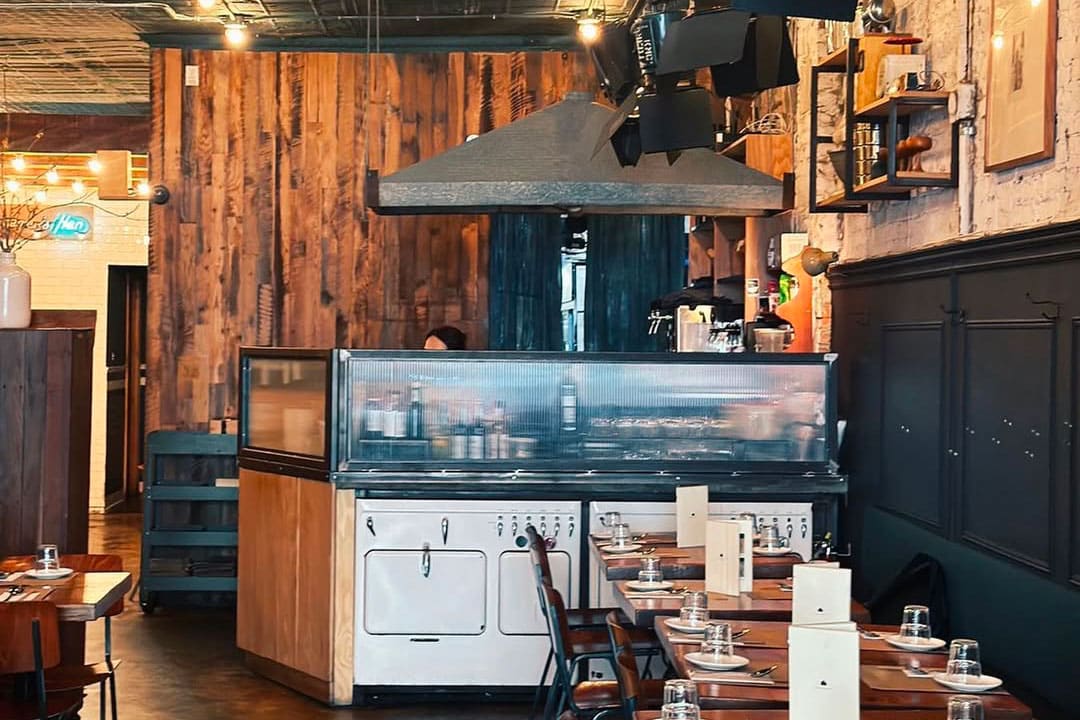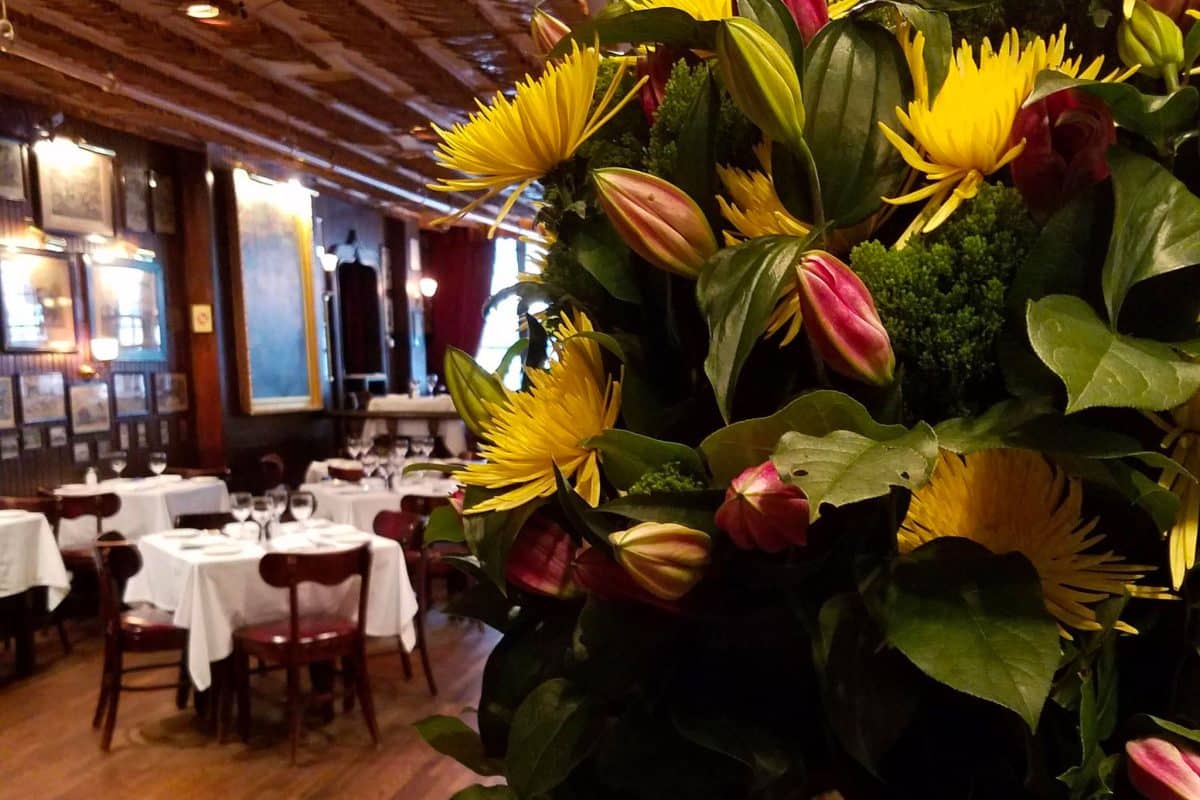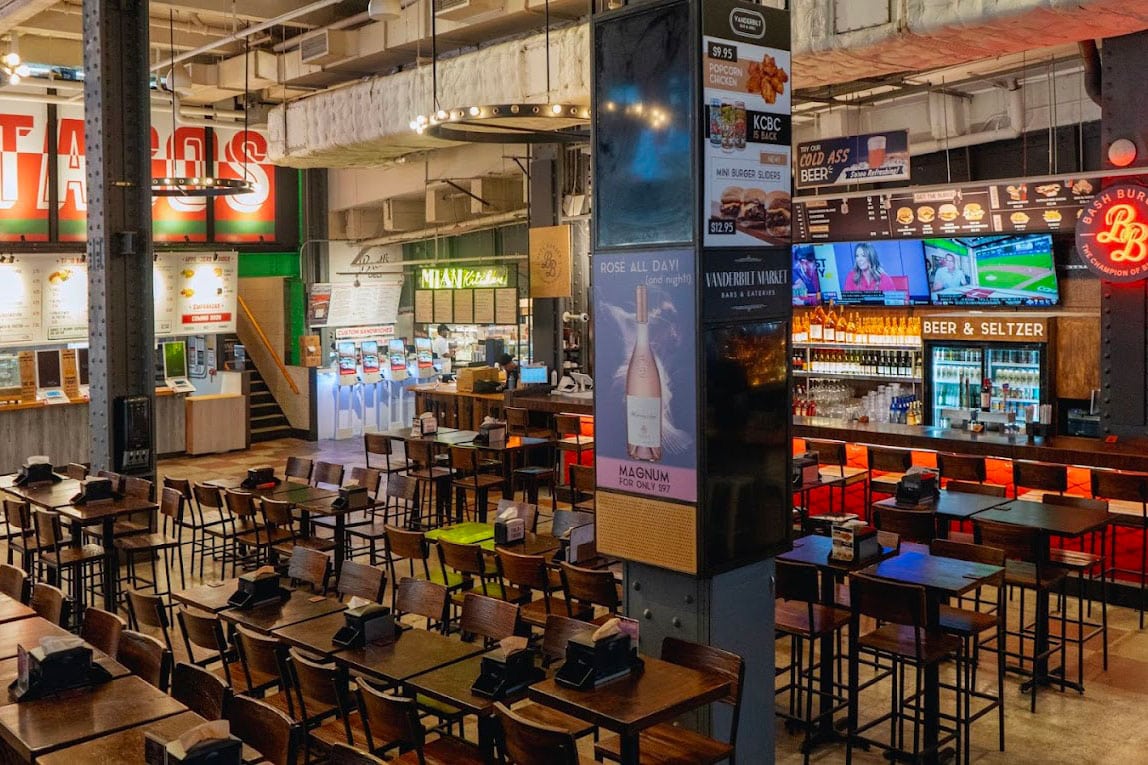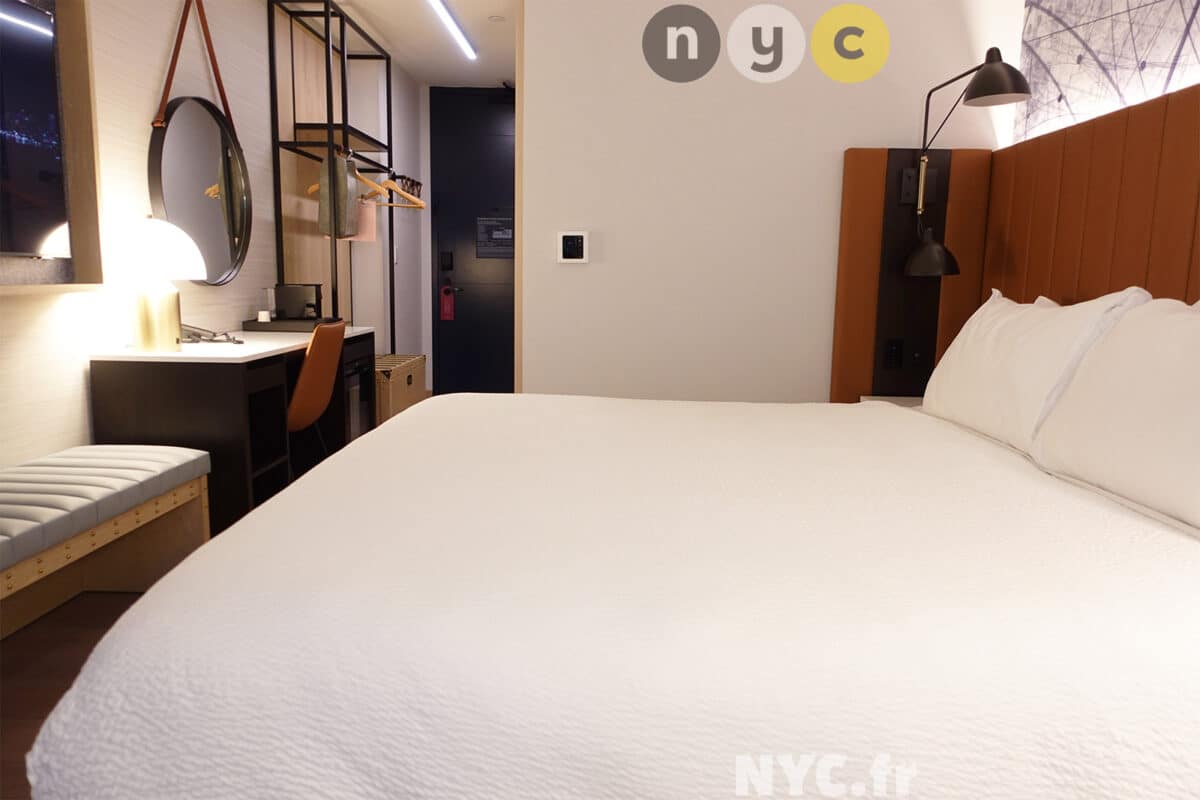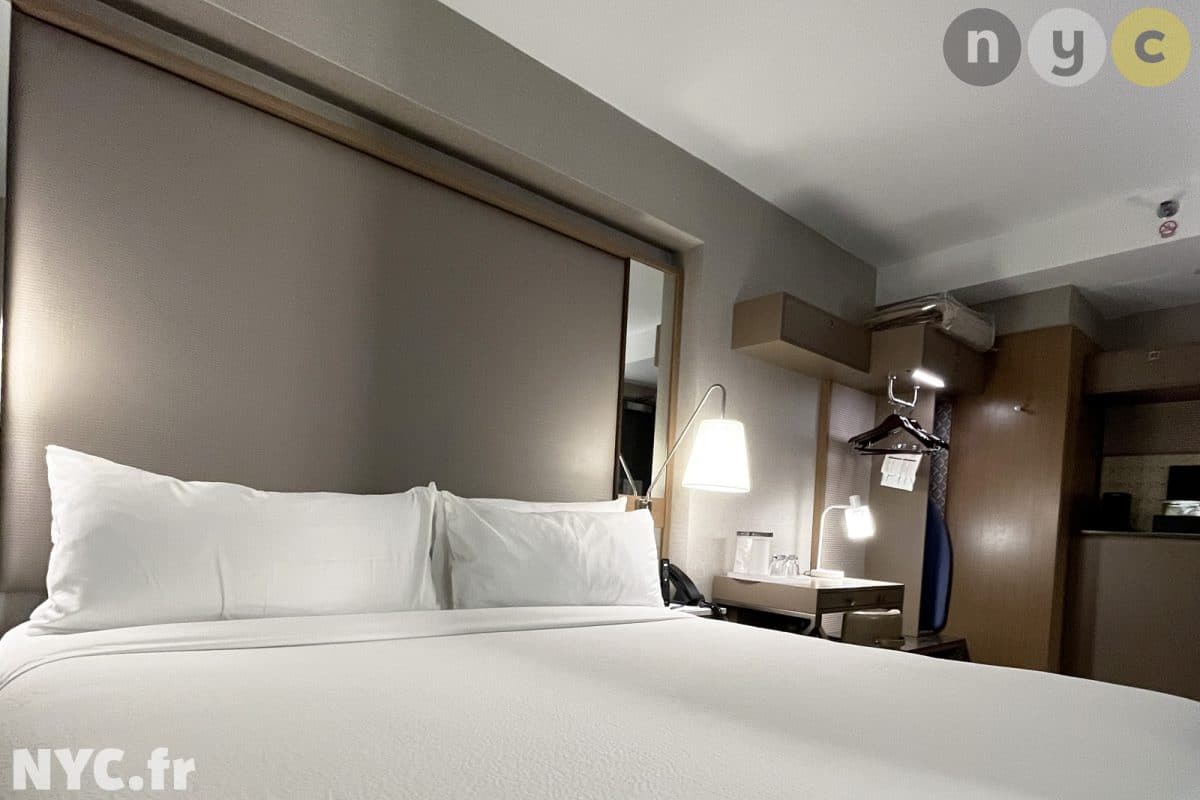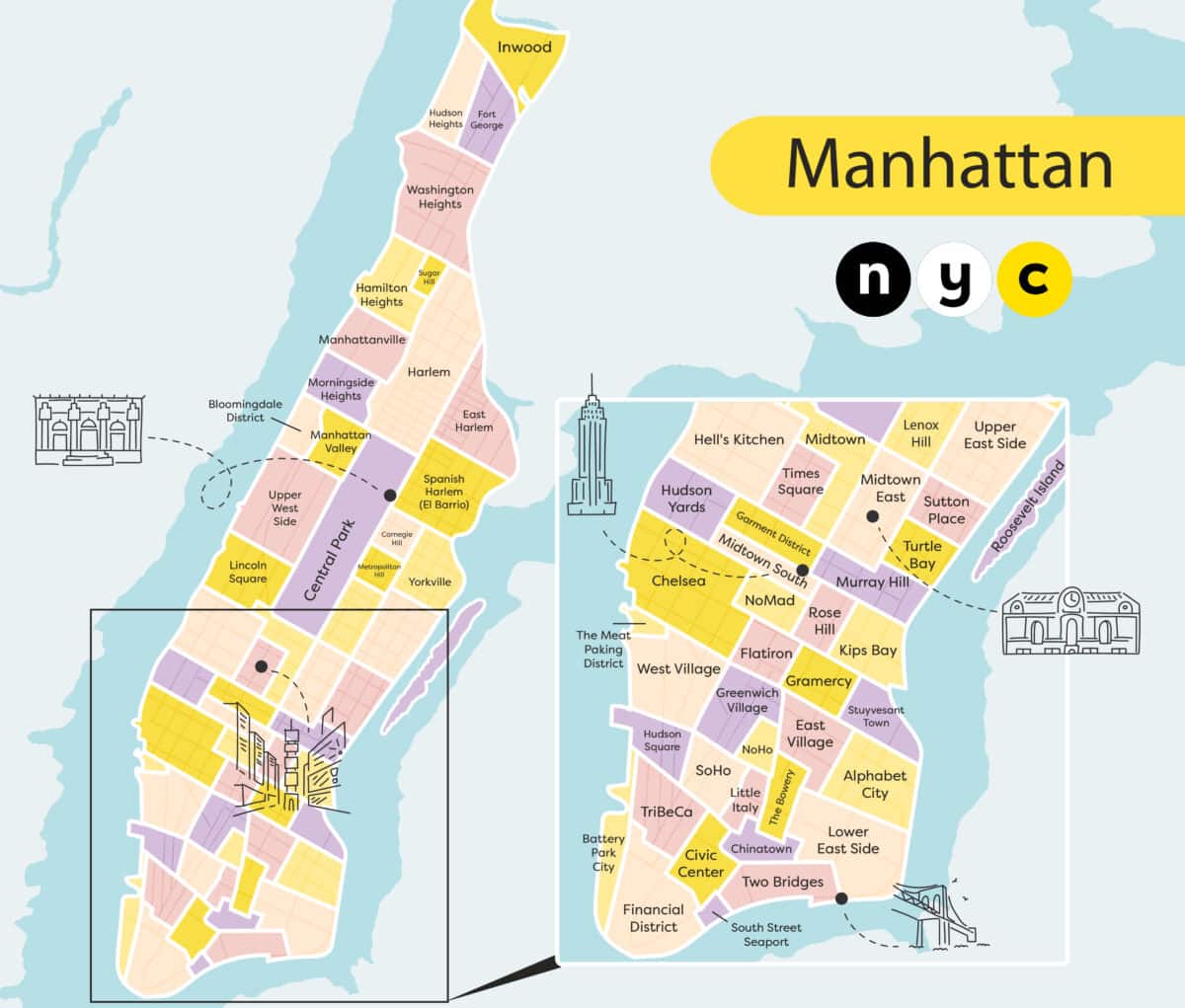Midtown represents the very essence of what visitors imagine when they think of New York. This iconic district, located between 34th Street and 59th Street, is the nerve centre of Manhattan and home to some of the world’s most famous landmarks. The towering skyscrapers, neon signs, famous theatres and luxury shops make Midtown a must-see destination for any tourist visiting the Big Apple.
Built mainly during the economic boom of the 1920s and 1930s, this area is the perfect embodiment of American ambition and dynamism. Today, this bustling business district welcomes over 4 million residents, workers and tourists every day.
The history of Midtown
Midtown as you will discover it today is the result of a spectacular metamorphosis that took place mainly between the 1920s and 1940s. This period transformed what was once a residential and agricultural area into the city’s nerve centre.
At the beginning of the 19th century, this area was little more than semi-rural land dotted with a few modest farms and residences. The real development of Midtown began in the 1830s with the adoption of the famous grid plan of 1811, which defined the characteristic street pattern of Manhattan. The mid-19th century marked the first decisive turning point with the arrival of the railways. In 1871, the first central station(Grand Central Depot) created a major transport hub that attracted businesses and shops. This infrastructure laid the foundations for the future development of the district and explains why so many important buildings are concentrated around this hub today. The late 19th century saw the emergence of Midtown as an upmarket residential area, with wealthy families such as the Vanderbilts and Astors settling along 5th Avenue. It was also at this time that the first major hotels and theatres appeared, notably around what was to become Times Square.
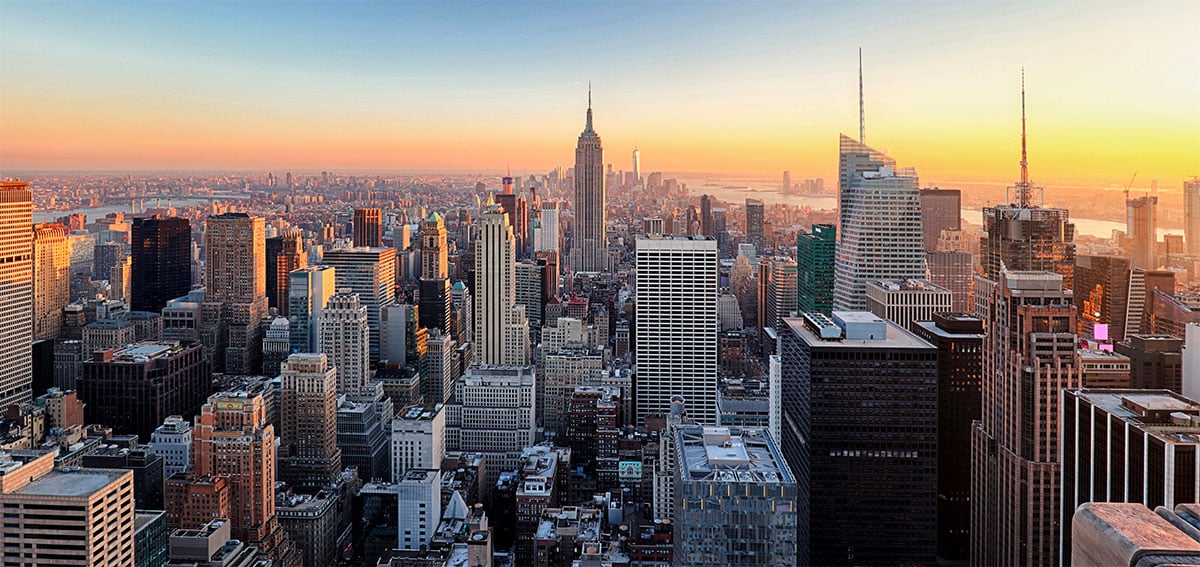
Midtown’s real golden age came between 1920 and 1940, when the district became the symbol of American ambition. These two decades saw the birth of the most emblematic skyscrapers that you will admire during your visit. This architectural boom continued despite the Great Depression, testifying to a remarkable optimism in the country’s economic future. One surprising fact about this period: the race for height between skyscraper builders was so intense that some buildings, like the Chrysler Building, hid their true height plans to surprise their competitors at the last minute!
The 1950s and 1960s marked the apogee of Midtown as an international business centre, definitively dethroning Downtown as the economic heart of New York. It was also during this period that the district became the headquarters of numerous national and international media, consolidating its nickname as the ‘capital of the world’.
From the 1970s onwards, Midtown went through a more difficult period, reflecting the economic and social problems facing New York at the time. Times Square, in particular, became a place of crime and decadence, a far cry from the tourist image it projects today. The spectacular renaissance of the district began in the 1990s, thanks to major urban redevelopment and crime-fighting policies. This transformation, particularly visible in Times Square, transformed the area from a notorious hangout to a global tourist destination in the space of just one decade.
The 21st century has brought a new wave of development to Midtown, with the emergence of ultra-modern skyscrapers that have transformed the skyline once again. The area around 57th Street, nicknamed ‘Billionaires’ Row’, exemplifies this trend with its exceptionally slim and tall luxury residential towers.
Visit Midtown: 1:30 hour walking itinerary
This itinerary has been designed to enable you to discover Midtown’s major sites while minimising walking distances and avoiding unnecessary round-trips. The entire itinerary can be completed in one busy day or split over two days for a more relaxed visit.
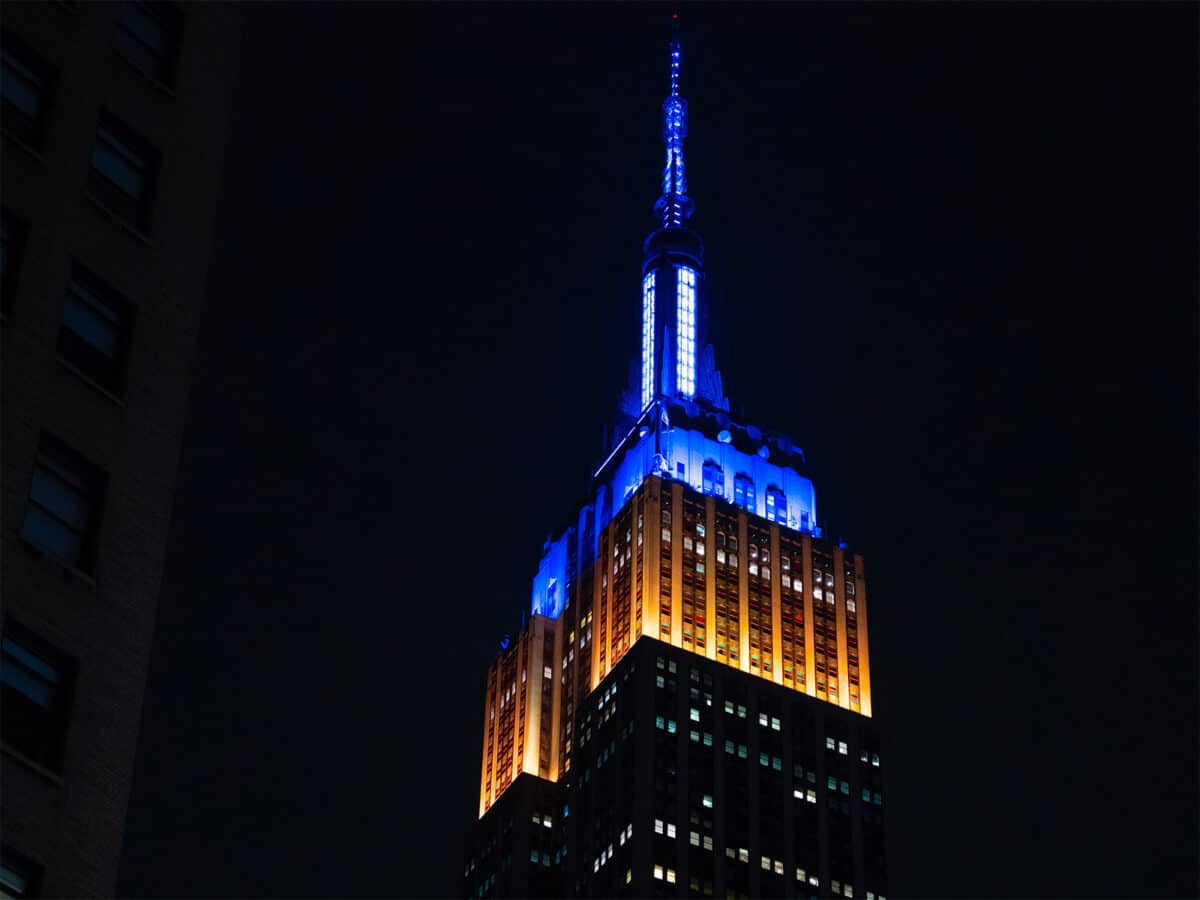
Empire State Building
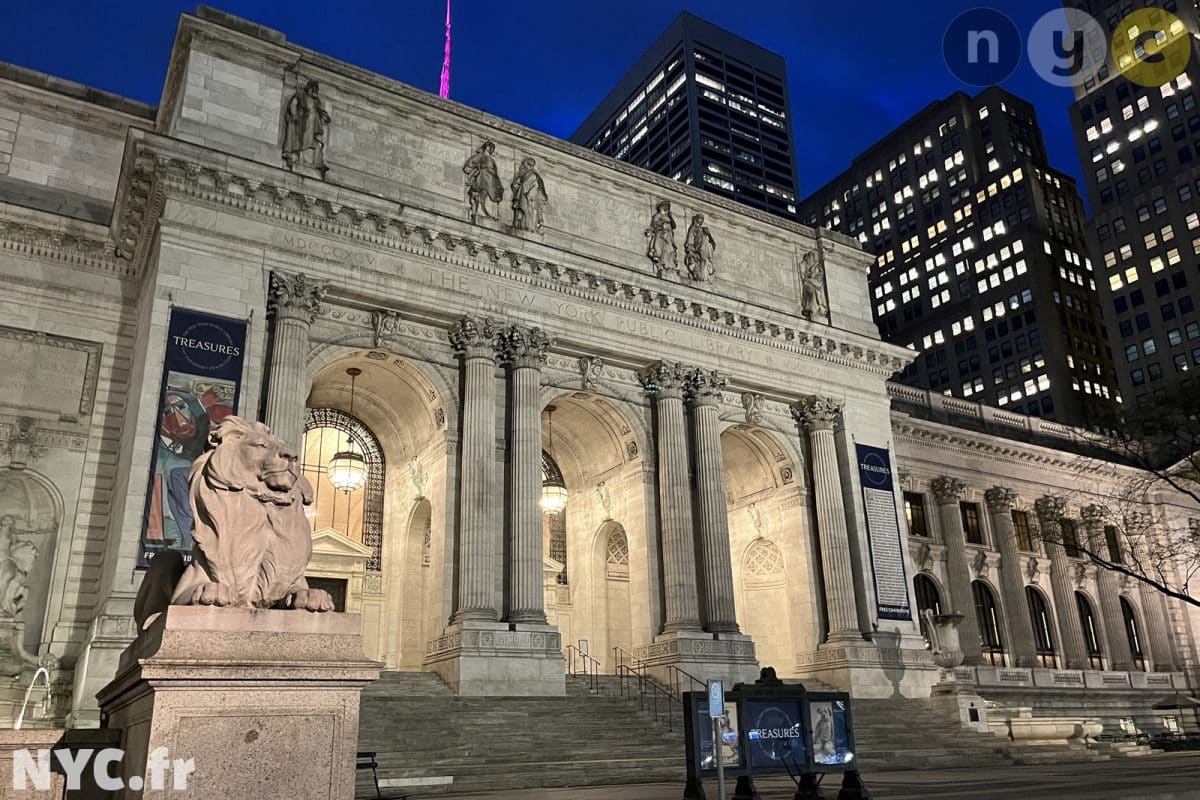
New York Public Library

Bryant Park
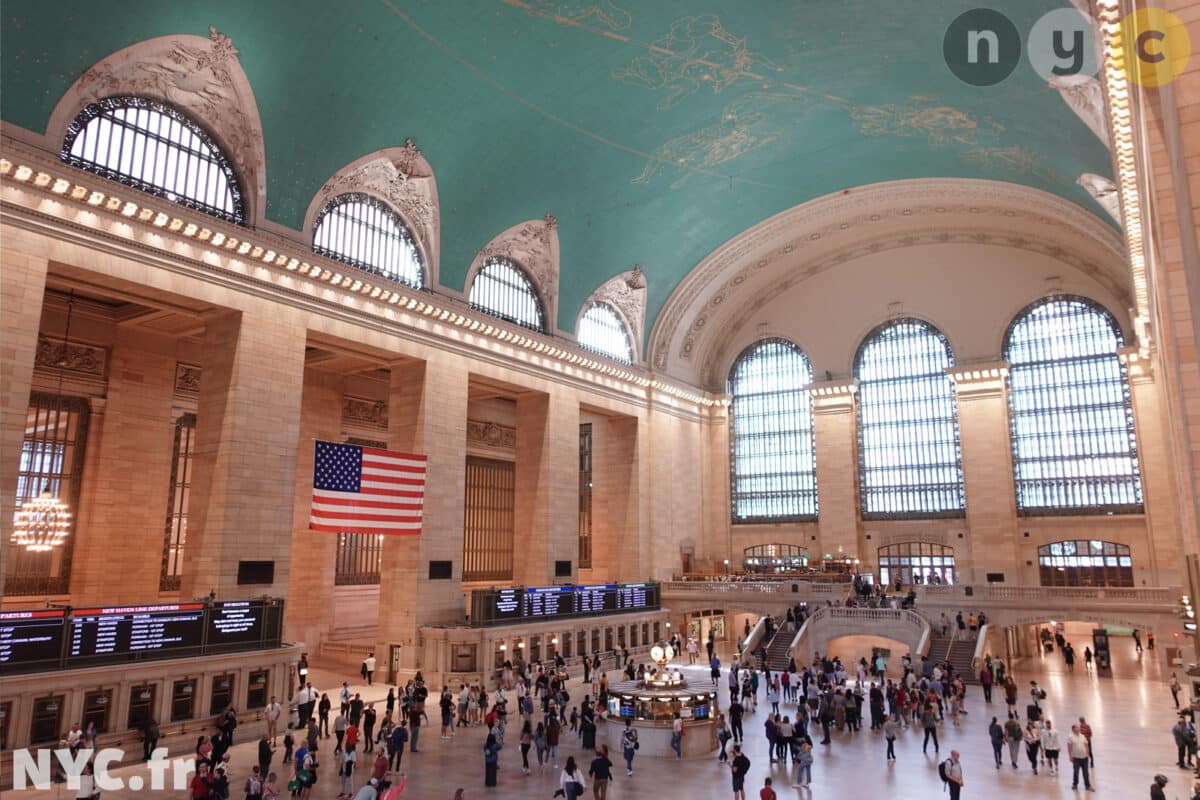
Grand Central Terminal
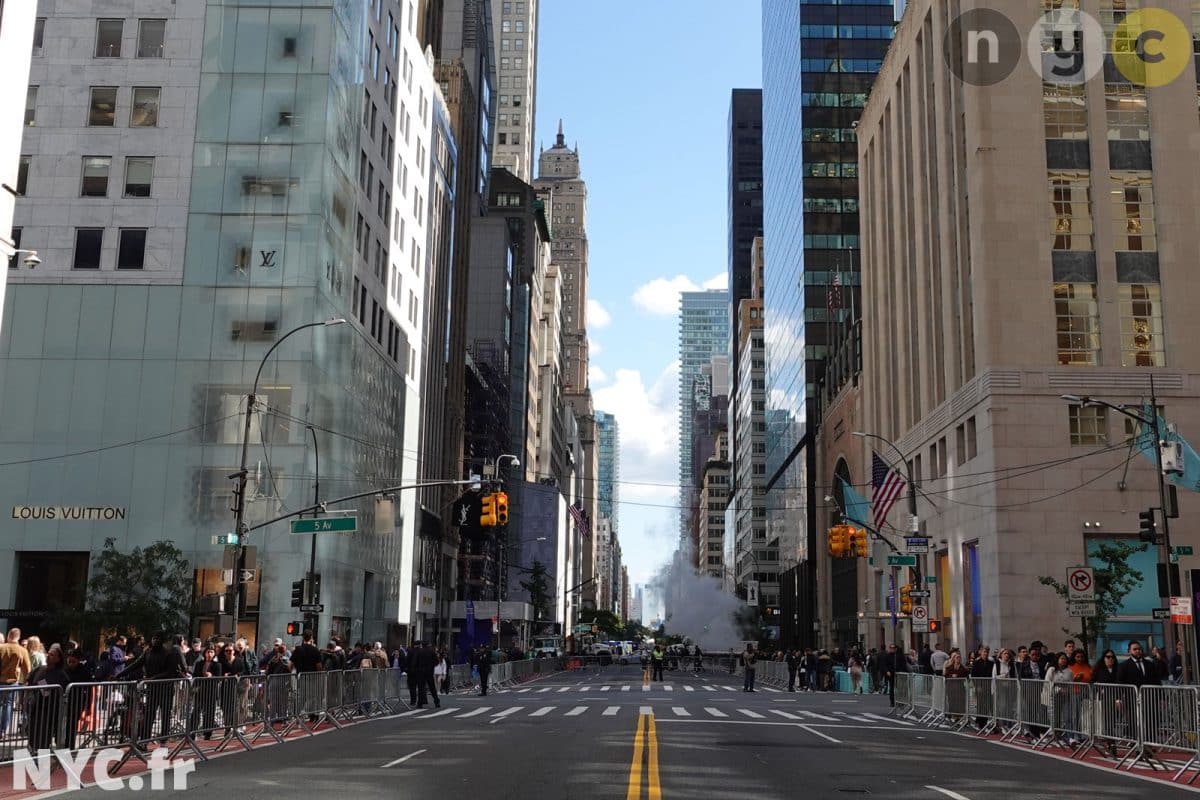
5th Avenue

St Patrick’s Cathedral
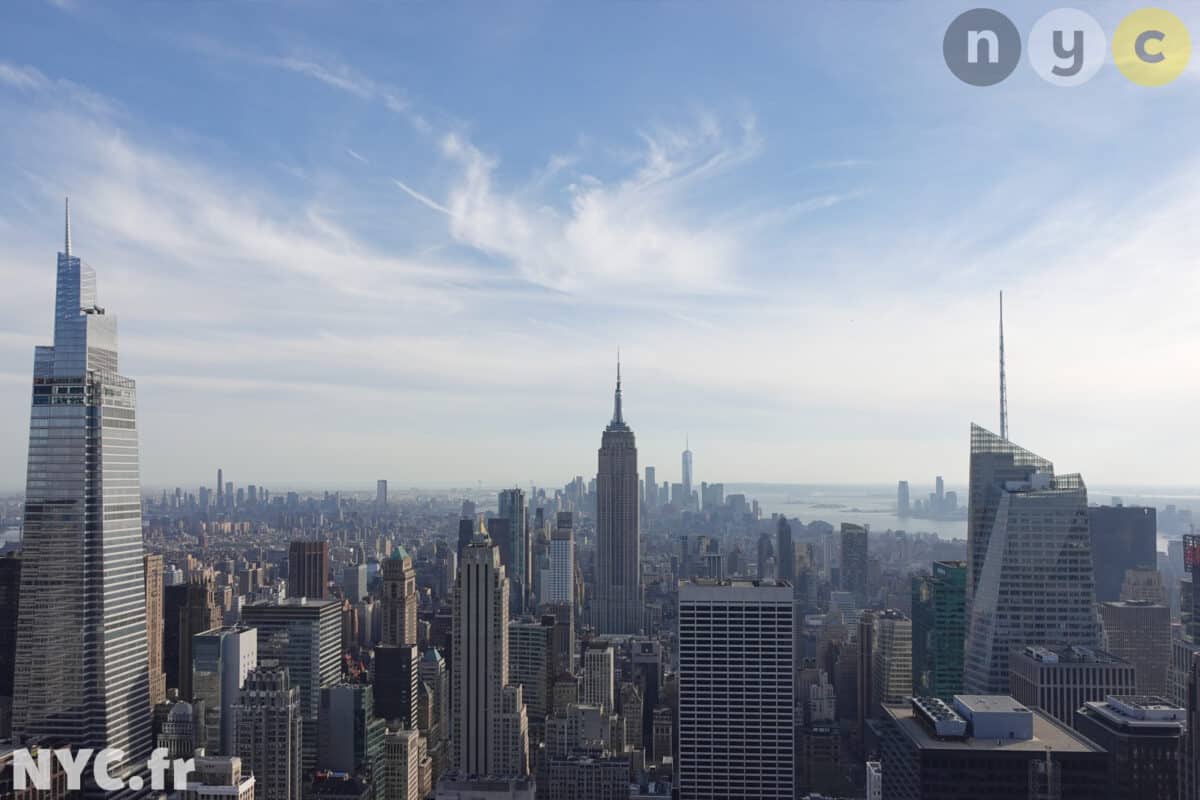
Rockefeller Center
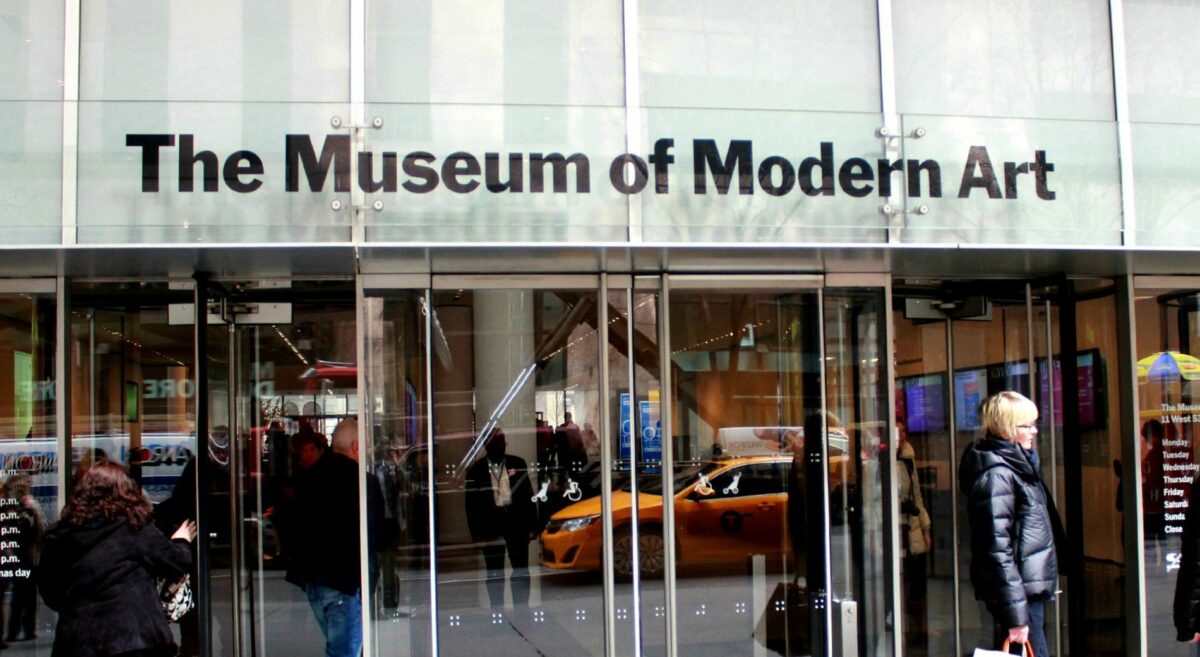
MoMA
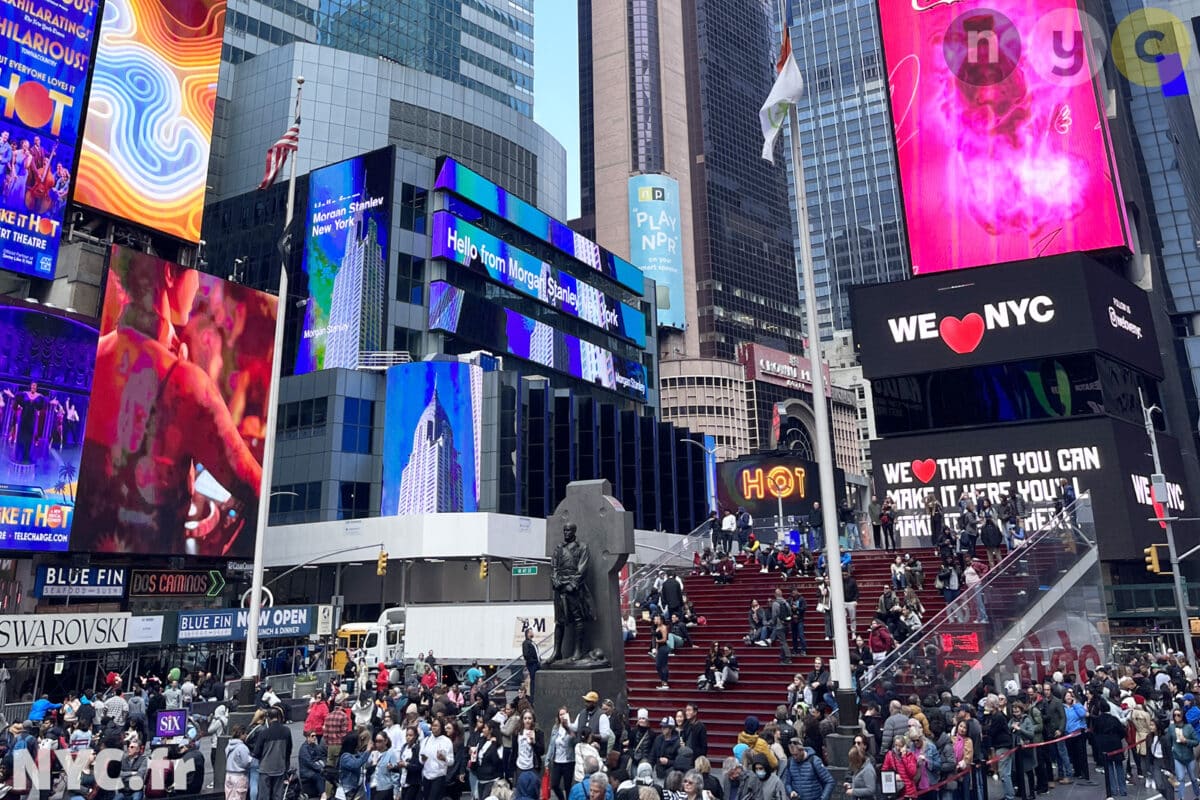
Times Square
Where to eat in Midtown
Midtown offers a culinary mosaic as diverse as its towering skyscrapers. This vibrant neighbourhood caters for all palates and budgets, from lively food halls to historic restaurants that have been part of New York’s heritage for over a century. For an authentic experience, steer clear of the main tourist thoroughfares such as Times Square and instead explore the adjacent streets where the best restaurants are often hidden.
Ethnic specialities abound in themed mini-neighbourhoods such as Koreatown or Little Brazil, offering a veritable gastronomic tour of the world. If you’re looking for a panoramic view with your meal, a number of establishments perched high up in the buildings offer this pleasure, although reservations are essential. Avoid peak times (12pm-2pm for lunch, 6pm-8pm for dinner) or be prepared to wait. Parks such as Bryant Park are also excellent options for enjoying food from food trucks in a pleasant setting, especially on sunny days.
6 recommended food stops in Midtown
Where to stay in Midtown?
Midtown is the ideal accommodation option for visitors who want to be at the heart of the New York action. This central district offers a wide range of accommodation to suit different budgets, all strategically located near major attractions and with excellent public transport links.
Strategic location
The eastern part of Midtown (around Grand Central) is particularly popular with business travellers and offers a wide range of medium to high standard hotels. Hotels located near Lexington Avenue have direct access to the 4-5-6 metro line, one of the most convenient ways of getting around Manhattan.
Midtown West (including Times Square and Hell’s Kitchen) offers a more touristy and lively atmosphere. This area is ideally connected via the A-C-E and N-Q-R-W lines, making it easy to reach Downtown or Uptown.
Budget options
For those ona limited budget ($150-$250 per night), several chains such as Pod Hotels and YOTEL offer compact but functional rooms. These establishments compensate for the smaller size of the rooms with well-designed communal areas and an advantageous location.
Mid-range options ($250-$400 per night) are plentiful, with chains such as Hilton Garden Inn or Courtyard by Marriott offering good value for money. These hotels generally offer more spacious rooms and some additional services.
The luxury segment ($400 per night) is particularly well represented around 5th Avenue and Central Park South, with historic establishments such as The Plaza or contemporary hotels offering spectacular views over the city or the park.
Proximity to transport
One of the major advantages of a stay in Midtown isits exceptional connectivity. The area is served by virtually every metro line in the city, with several major hubs:
- Grand Central Terminal (lines 4, 5, 6, 7 and S) to the east
- Times Square-42nd Street (lines 1, 2, 3, 7, N, Q, R, W, S) in the centre
- Penn Station (lines A, C, E, 1, 2, 3) to the west, which also offers connections to New Jersey, Long Island and beyond
A significant advantage: most Midtown hotels are less than 5 minutes’ walk from a metro station, making it much easier to get around, especially after a long day’s sightseeing or in bad weather.
Practical considerations
The period of your stay has a considerable influence on prices. Prices can double during busy periods such as Christmas, New Year and major events. Conversely, January-February (excluding school holidays) and October-November generally offer the most attractive rates.
Early booking (3-6 months in advance) is strongly recommended to get the best rates, especially for the best-rated establishments.
Noise can be a factor in this busy area. If you are sensitive to city noise, choose rooms on higher floors or overlooking a courtyard. Hotels on numbered side streets are generally quieter than those on main avenues.
2 recommended hotels in Midtown
Neighborhoods near Midtown
